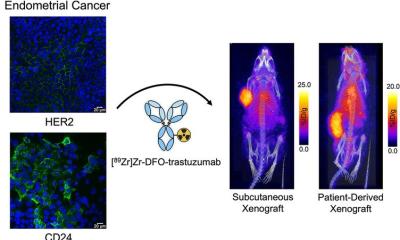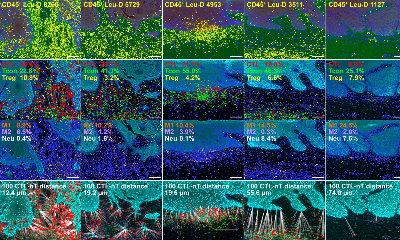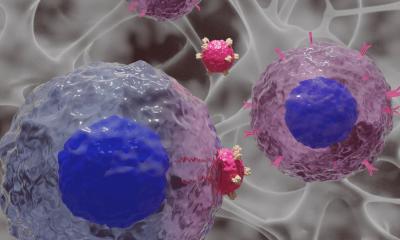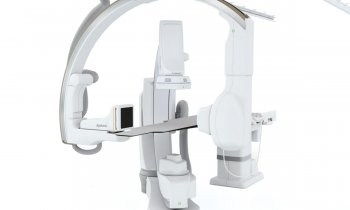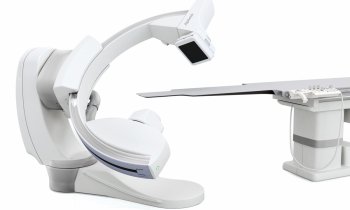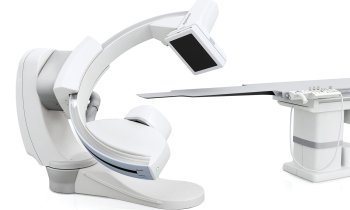Nasopharyngeal cancer
Potential treatment options for rare cancer
Researchers have found that a combination of chemotherapy and modern radiotherapy can benefit patients with advanced nasopharyngeal cancer – a cancer that starts at the back of the nose. These cancers are very rare in the UK and so modern treatments had not been previously studied in patients with advanced disease.

In Europe, around one in every 100,000 people will get nasopharyngeal cancer each year. This rare cancer develops where the nose meets the throat, making it difficult to treat. Using a beam of radiation therapy to treat the cancer can risk harming healthy tissue in the brain, optic nerves and salivary glands. Many patients treated with conventional radiotherapy will be left with damaged saliva flow and a long-term dry mouth.
Researchers from The Institute of Cancer Research, London, and The Royal Marsden NHS Foundation Trust assessed 42 nasopharyngeal cancer patients who received the chemotherapy drugs cisplatin and fluorouracil combined with intensity-modulated radiotherapy (IMRT).
IMRT is an advanced radiotherapy technique that shapes the radiation beams to closely fit the area of the cancer and avoid healthy tissue. The researchers hoped that this would help to protect the salivary glands that were often damaged with conventional therapy.
Benefits for patients
The researchers compared their results with outcomes from current treatment for advanced and early stages of the disease. They found that the chemotherapy and IMRT combination provided benefits for patients.
Study leader Professor Kevin Harrington, Joint Head of the ICR’s Division of Radiotherapy and Imaging, said: “In the two years following treatment, 78% of the patients experienced no further progress of their disease. What’s more, we saw excellent recovery of salivary function. Conventional radiotherapy can damage salivary glands and leave patients with long-term damage. This new technique used more accurate radiotherapy beams to protect healthy tissue.”
“With rare cancers, we are unable to get the numbers of patients needed for large scale clinical trials of new therapies, so I am always delighted to see positive results from this type of analysis that could help to improve treatment,” said Professor Harrington.
Source: ICR - The Institute of Cancer Research
06.04.2016



